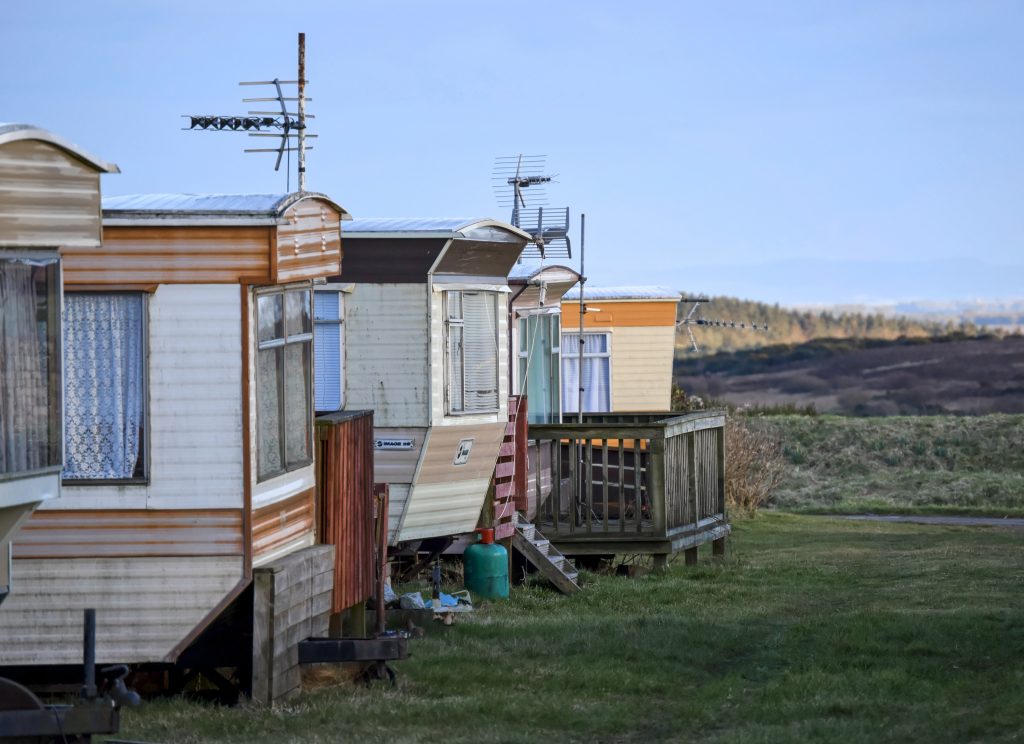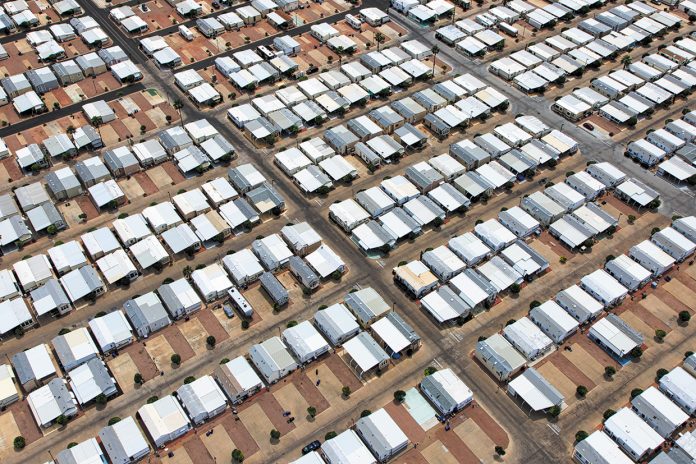A Historical Look at the Need for Workforce Housing
In 2002, the Urban Land Institute assembled a panel of experts to discuss the growing shortage of affordable workforce housing. The ULI defines workforce housing as that which is affordable to those who live on between 60 and 120 percent of the area median household income.
Many families in this group fail to qualify for federal entitlement programs. Yet, they still have inadequate income to support their housing needs.
The ULI meeting divided into small groups to identify regulatory barriers and possible solutions. One panel’s solution involved workforce housing where local governments donate or sell property at reduced prices. Another panel urged greater marketing efforts to encourage affordable housing development. One panel suggested expanding state and local first-time homebuyer tax credit programs to help cover down payments.
Another solution was to offer property tax abatements as a tradeoff for the development of workforce housing. The panel said that expedited permit processes for affordable housing projects could reduce costs and make such developments more profitable.

Local building codes for site-built housing often add time and expense to projects, but do little to improve quality or safety of the units. Manufactured housing – with its faster, semi-automated, protected building processes – can greatly speed this up. Building permit fees for land-lease communities might only apply to the infrastructure, and not necessarily to the factory-built units themselves.
Another ULI panel suggested that linking fees to unit size would make smaller, more affordable housing more attractive to developers.
Development opportunity could come about through changes to local zoning laws. Allowing some existing commercial properties to be redeveloped as workforce housing rezoning requests conditional on workforce housing.
One of the panels recommended that localities use their comprehensive plans to link commercial zones with residential zones, fostering less zoning segregation and more affordable housing options. Similarly, if a commercial developer makes a special request for a reasonable exemption from the building code or approval of zoning for manufactured housing, the approval can come with a requirement for workforce housing to be built into the project.
Institute ‘Request for Proposal’ to Encourage Workforce Housing
Another suggestion: As part of major redevelopment proposals, local governments could require that workforce housing be a part of the “request for proposal” process. A result of this could be that financial and density bonus incentives that are part of inclusionary policies could be expanded to cover low- and moderate-cost housing, in addition to affordable units. Other regulatory incentives that could be used include shared parking opportunities, mixed-use zoning, flexible zoning and fee waivers or reductions.
With the relatively low interest rates, home buyers with sufficient down payments and fair-to-good credit scores have been able to purchase new and repossessed homes in many markets for some time now. And some forward-looking, factory-built home manufacturers have been offering housing structures that are built at low cost but also meet the needs of heavy use for families.
Yet still, there is a need for access to families with fair-to-medium credit and minimum down payments, especially in markets where there is good employment.
In the past, this need was provided by a regular supply of new family land-lease communities. However, with the high rate of defaults on home financing that started in the early 2000s, there has been very little in the way of new community development – largely limited to a few senior resort-style communities in select areas.
In many parts of the country, there has been a lack of housing for low- and moderate-income families, in tandem with prolonged job losses and an only recent economic upturn.

North Dakota and Texas ‘Man Camps’
Much of the early recovery job growth was tied to the “man camps,” as they’re called, at the oil reserves in North Dakota, south Texas and other areas, which were built and operated under the direction of the production companies.
Long rows of oil-field housing are a great example of how building in a factory can be an efficient solution. And yet there are myriad sectors in major markets that need timely delivery of quality, affordable housing.
Even in less intense workforces, there are shortages in affordable local housing for working families. These housing needs could be met through the judicious use of manufactured homes and housing communities. This is true particularly when the owners can provide self-financing or lease-to-own programs for consumers with low credit scores and a lack of sizable down payments.
The emerging demand for affordable workforce housing may be the first indicator of the ability of manufactured housing land-lease communities to provide for this need.
So, how did they do it?
Refill Community Vacancy with Workforce Housing
New manufactured housing land-lease communities are being built to meet high family housing demands in northwest North Dakota and parts of south Texas. In other areas, a number of community owners purchased and installed used and repossessed homes. Those homes were offered for occupancy with a “lease-to-own” option. This is based on the landlord’s estimation of the buyer’s creditworthiness.
Monthly home lease payments for lower-cost used or repossessed homes – primarily single-section, post-1976 homes – often were below costs of area apartments, and resulted in successfully filling vacant communities.
The availability of home finance when the dwelling is sited on a leased homesite is among the most important items for an investor to scrutinize. At the present time, shorter-term loan amortizations at higher interest rates than for site-built homes are generally the case. Lowering the homesite lease terms may offset the potential for higher monthly home payments. Converting the property into land-home combinations for conveyance as real property may be another option. Additional methods may apply, but financing terms on a “par” with site-built homes may be forthcoming.
No matter where it exists, the need for affordable housing for workers with families located near their jobs continues to grow. As viable housing options increase for working families, so too will the breadth, depth and balance of the workforce. Organizations that are willing to push for lower-cost, factory-built homes in combination with some of the newer lease-to-own strategies have been able to meet these vital needs.
About Edward Hicks
Edward “Eddie” Hicks, principal consultant with Consultants Resource Group, can be reached by phone at (813) 300-6150. Hicks has more than 45 years of experience as an MH retailer, manufacturer, developer and real estate broker, assisting clients with their community development, financing and acquisition needs. For more information, email Hicks at easteddie@aol.com, or visit www.mobilehomepark.com, www.factorybuilthome.com or www.fha207m.com.










